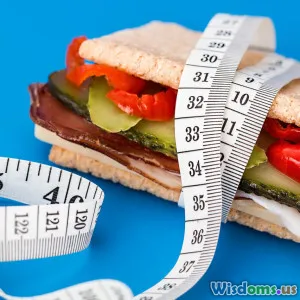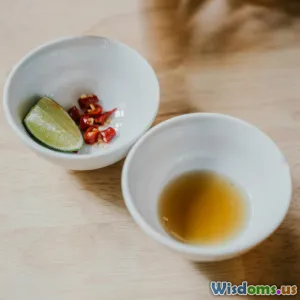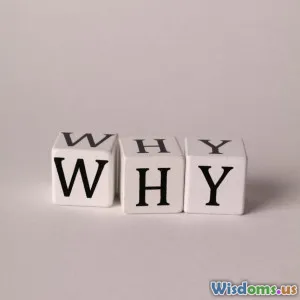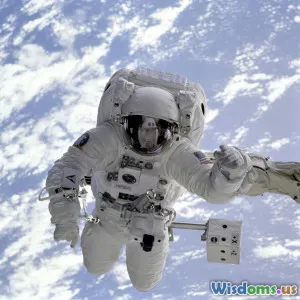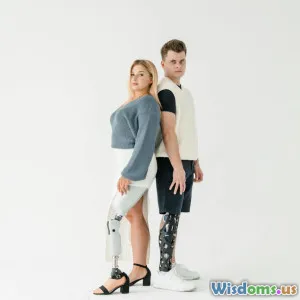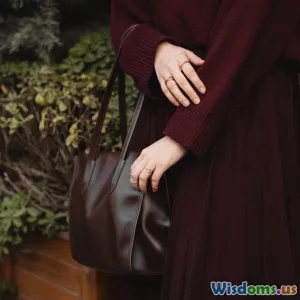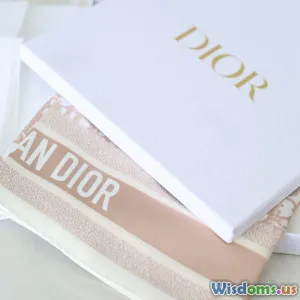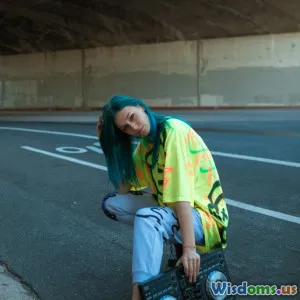
Reclaiming Beauty: How Movements Change the Conversation
8 min read Explore how social movements reshape the fashion and beauty industries by redefining standards and empowering authenticity. (0 Reviews)
Reclaiming Beauty: How Movements Change the Conversation
In a world saturated with glossy images of perfection, it’s no surprise that beauty standards have historically been rigid, exclusionary, and at times, unattainable. Yet, behind the scenes of fashion runways and cosmopolitan magazines, powerful social movements have emerged, challenging these norms and reclaiming what beauty truly means. The conversation about beauty and fashion isn’t just changing — it’s being rewritten. But how exactly are these movements shaping the narrative? This deep dive will take you through the powerful ways movements transform the beauty landscape, uncovering the importance of inclusivity, authenticity, and empowerment.
The Traditional Beauty Paradigm: A Narrow Mirror
For decades, the fashion and beauty industries have perpetuated a narrow ideal — a homogenous image that often emphasizes youth, thinness, Eurocentric features, and flawless skin. This traditional paradigm not only limited who could see themselves represented but also triggered widespread self-esteem issues. Data from the Dove Global Beauty and Confidence Report (2023) shows that 63% of women worldwide feel pressured by media to look a certain way, with many reporting lowered confidence as a result.
Moreover, the exclusion of diverse bodies and looks fostered social alienation. When beauty was treated as an exclusive club’s badge, critical voices calling for change began to rise, drawing strength from grassroots movements that demanded a broader, healthier definition.
Body Positivity: Embracing All Shapes and Sizes
One of the most significant and visible movements to redefine beauty is body positivity — a campaign advocating for the acceptance of all body types, regardless of size, shape, or differences.
Emerging prominently in the early 2010s, the movement’s impact rippled through fashion lines, runway inclusivity, and marketing campaigns. Brands such as Aerie and Savage X Fenty led the charge by showcasing models with diverse body shapes and sizes authentically. Savage X Fenty’s 2019 fashion show, for instance, featured models with disabilities, different body shapes, and identities, challenging the traditional mold.
This movement isn’t just aesthetic; it has substantial health implications. The National Eating Disorders Association highlights that positive representation reduces risks of disordered eating and mental health struggles.
Cultural Inclusivity: Celebrating Heritage and Identity
Beauty movements have also spotlighted cultural inclusivity — an essential area historically overlooked in fashion and beauty. For decades, Eurocentric features were seen as the gold standard, often marginalizing African, Asian, Indigenous, and other features.
The recent surge in embracing natural hair textures, traditional dress, and diverse skin tones speaks volumes. The "#MelaninMagic" social media trend, for example, crowns natural Black beauty, encouraging pride in melanin-rich skin. Brands like Fenty Beauty revolutionized inclusive makeup, releasing foundations in over 50 shades, paving the way for other companies to follow suit.
Model Winnie Harlow, diagnosed with vitiligo, broke barriers by representing skin conditions typically hidden, shifting the conversation from imperfection to empowerment. This celebration of diverse backgrounds fosters a broader understanding of beauty that resonates globally.
Gender Fluidity: Beyond Binary Norms
The conversation about beauty is no longer confined to male or female categories, thanks to movements embracing gender fluidity and non-binary identities. Traditional beauty standards aligned with strict gender roles now face disruption through rebellious expressions of fashion and beauty.
Labels such as Telfar and brands like Gucci have incorporated gender-neutral collections, breaking down stereotypes. Social influencers who openly identify as non-binary or transgender regularly challenge beauty conventions—effectively asserting that beauty transcends prescribed binaries.
This evolution broadens the scope of self-expression and dismantles outdated assumptions, allowing more people to feel seen and celebrated.
Ethical and Sustainable Beauty: Conscious Choices as Beauty Statements
More recently, movements addressing ethical consumption and sustainability have merged with beauty discussions. Conscious consumers now expect transparency about sourcing, production, and environmental impact.
Beauty brands like Lush and The Body Shop emphasize cruelty-free, sustainable ingredients, while fashion labels push for slow fashion choices. This reclaims beauty from not just its visual aspects but its moral and ecological implications.
Studies, such as the 2022 Nielsen report, show that 73% of millennials and Gen Z consumers prefer sustainable brands, signaling a shift in values that influence the beauty conversation significantly.
Real-World Impact: Changing Media, Marketing, and Mindset
Movements reclaiming beauty have forced media and advertising industries to pivot. Campaigns featuring diverse models have proven successful both ethically and commercially. For example, Dove’s "Real Beauty" campaign, launched in 2004, increased sales by over 20%, showing that authenticity resonates deeply with consumers.
Social media platforms also play a critical role, democratizing beauty narratives. Influencers from varied backgrounds champion self-love and authenticity, providing alternatives to traditional gatekeepers.
These shifts inspire individuals to embrace their uniqueness, participate in redefining beauty, and reject harmful societal pressures — fostering a community-driven revolution.
Conclusion: Participation in the Beauty Revolution
The discourse surrounding beauty is in flux, continuously reshaped by movements dedicated to inclusivity, authenticity, and sustainability. These movements reclaim beauty from the suffocating grasp of exclusivity and unrealistic ideals, promoting a vision of beauty that reflects the vast spectrum of humanity.
As consumers and creators, we hold the power to drive this movement forward by supporting inclusive brands, amplifying marginalized voices, and embracing diverse forms of beauty. The future of fashion and beauty lies in this collective reclamation — a conversation generated not by rigid standards but by the richness of individuality, culture, and conscious values.
Together, we are not just changing the conversation; we are transforming the very essence of beauty itself.
References:
- Dove Global Beauty and Confidence Report, 2023
- National Eating Disorders Association
- Nielsen Sustainability Report, 2022
- Marketing Case Studies: Dove Real Beauty Campaign, Savage X Fenty Fashion Show 2019
Author’s note: This article aims to inspire readers to critically engage with beauty narratives and take active roles in supporting movements that promote a more inclusive and conscious approach to fashion and beauty.
Rate the Post
User Reviews
Popular Posts











